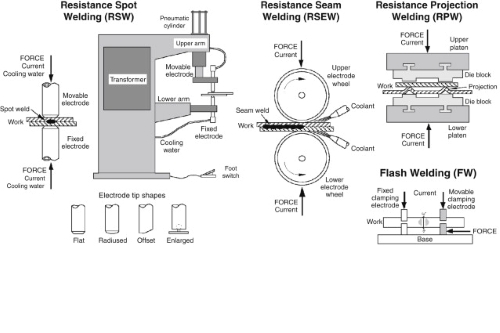Best Materials for Resistance Welding: Steel, Aluminium, and More
Introduction
Resistance welding is a process that uses electrical current and pressure to join metal parts. In industrial settings, it plays an important role in manufacturing parts for vehicles, appliances, and various other products. The process is fast and produces high-quality joints. For successful welding, selecting the appropriate material is crucial.
Choosing the right metal is similar to selecting the right tool for a task. Each metal has unique attributes such as conductivity, strength, and melting point. These attributes affect how easily the material can be welded and its performance post-welding. The decisions made can influence production speed and product durability.
Steel: The Most Common Material for Resistance Welding
Steel serves as the primary material in resistance welding. It is strong, reliable, and extensively used across numerous industries. The most common type is carbon steel due to its ease of use during the welding process.
When welding steel, one benefits from its predictable behaviour under heat. The gradual heating and rapid cooling during resistance welding result in a solid weld. Many automotive industries rely on carbon steel for vehicle bodies. For example, car manufacturers frequently use resistance welding to form the frame of a vehicle, ensuring safety and stability.
Data indicates that carbon steel has a melting point exceeding 1 425°C. This characteristic allows for a stable welding process. Furthermore, steel is cost-effective and widely available, making it a popular choice in industrial manufacturing. The availability of various grades allows manufacturers to select the best type for strength and flexibility in the final product.
Aluminium: Lightweight and Corrosion-Resistant
Aluminium is preferred when lightweight properties are essential. It has a low density and excellent resistance to corrosion. These properties make aluminium a common choice in the aerospace and transportation sectors.
One advantage of aluminium is its lower melting point compared to steel. This necessitates less energy for welding. However, it also means there is a risk of overheating if the welding current is not meticulously controlled. For instance, in aircraft construction, the weight reduction that aluminium provides is critical for fuel efficiency.
Due to its high thermal conductivity, heat spreads rapidly through aluminium. This can lead to variable weld quality if the process is not precisely managed. Many welders employ special techniques to control the heat and ensure consistent weld quality. Aluminium alloys, which combine aluminium with other metals, are often chosen to enhance strength without compromising lightweight properties.
Copper and Copper Alloys: High Conductivity, But Difficult to Weld
Copper and copper alloys are well known for their high electrical and thermal conductivity. This makes them excellent choices in applications where electrical properties are paramount. However, the property that makes them desirable also presents challenges in resistance welding.
The high thermal conductivity of copper means that heat dissipates swiftly from the weld point. This makes it challenging to achieve the required temperature for a satisfactory weld. In many instances, copper’s melting point is reached unevenly, resulting in weak joints. In practice, special welding techniques or additional heat sources are employed to address these challenges.
Copper alloys, such as brass or bronze, can provide a balance between conductivity and workability. They contain additional elements that alter their melting behaviour slightly. Industrial applications frequently utilise these alloys in electrical equipment and plumbing. A common example is the use of brass in the fabrication of valves and fittings, where both durability and resistance welding are crucial.
Stainless Steel: Strong, Corrosion-Resistant, and Versatile
Stainless steel offers a good mix of strength and high resistance to corrosion. This metal is popular in harsh environments where the finished product must withstand weather, chemicals, and repeated use. In resistance welding, stainless steel is valued for its consistent performance.
The alloy composition of stainless steel typically includes elements such as chromium and sometimes nickel. These elements protect the metal from rust and corrosion. Stainless steel is commonly found in kitchen appliances, medical instruments, and structural components. For instance, the kitchen of a busy restaurant may feature stainless steel equipment due to its ability to endure frequent washing and intensive use.
The welding process for stainless steel may require more precise control to maintain the appearance and strength of the weld joint. The heat input necessitates careful management to prevent discolouration or weakening of the steel. Over many years, manufacturers have developed techniques to blend the heat effectively, resulting in joints that match the strength of the base metal.
Titanium: Lightweight, Strong, but Expensive
Titanium is utilised when both strength and lightweight properties are required. It is as strong as steel but approximately 45 percent lighter. Although titanium offers excellent performance, it carries a high cost.
Resistance welding of titanium necessitates a clean environment. The metal reacts with oxygen at high temperatures, which can compromise the quality of the weld. Industries such as aerospace sometimes opt for titanium due to its high strength-to-weight ratio. For example, certain aerospace components benefit from titanium not only for its weight savings but also for its capacity to endure stress and high temperatures.
The elevated cost of titanium means its usage is often limited to applications where benefits clearly outweigh the expense. Many welding workshops employ advanced techniques and controlled environments to minimise imperfections during titanium welding. Although its welding demands greater expertise and specialised equipment, the final product is highly valued in critical applications.
Frequently Asked Questions
F: What is resistance welding used for in industry?
Q: It is employed for joining metal pieces quickly and reliably in automotive, aerospace, and appliance manufacturing.
F: Why is steel the most common material for resistance welding?
Q: Steel is strong, reliable, and cost-effective, making it suitable for high-volume industrial production.
F: How does high thermal conductivity affect copper welding?
Q: The high conductivity disperses heat too rapidly, making it challenging to achieve a strong and uniform weld.

 Bars
Bars
 Beads & Spheres
Beads & Spheres
 Bolts & Nuts
Bolts & Nuts
 Crucibles
Crucibles
 Discs
Discs
 Fibers & Fabrics
Fibers & Fabrics
 Films
Films
 Flake
Flake
 Foams
Foams
 Foil
Foil
 Granules
Granules
 Honeycombs
Honeycombs
 Ink
Ink
 Laminate
Laminate
 Lumps
Lumps
 Meshes
Meshes
 Metallised Film
Metallised Film
 Plate
Plate
 Powders
Powders
 Rod
Rod
 Sheets
Sheets
 Single Crystals
Single Crystals
 Sputtering Target
Sputtering Target
 Tubes
Tubes
 Washer
Washer
 Wires
Wires
 Converters & Calculators
Converters & Calculators
 Write for Us
Write for Us

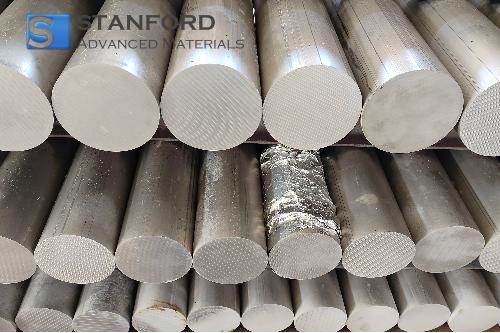
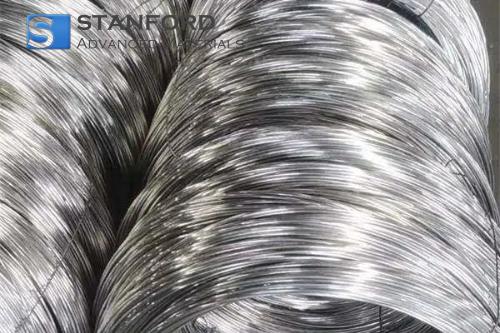
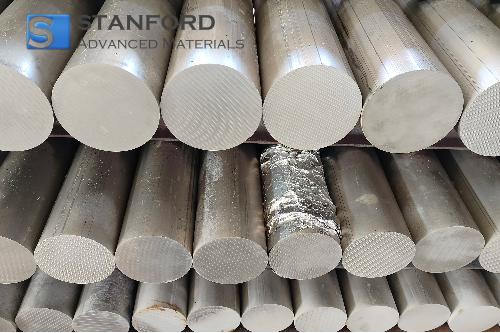
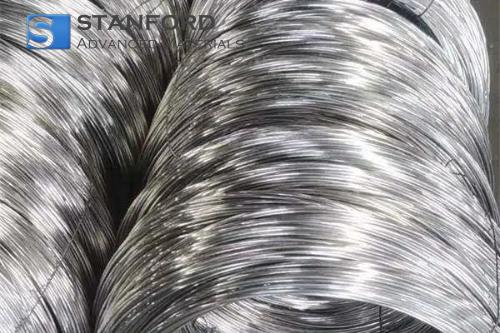
 Dr. Samuel R. Matthews
Dr. Samuel R. Matthews



